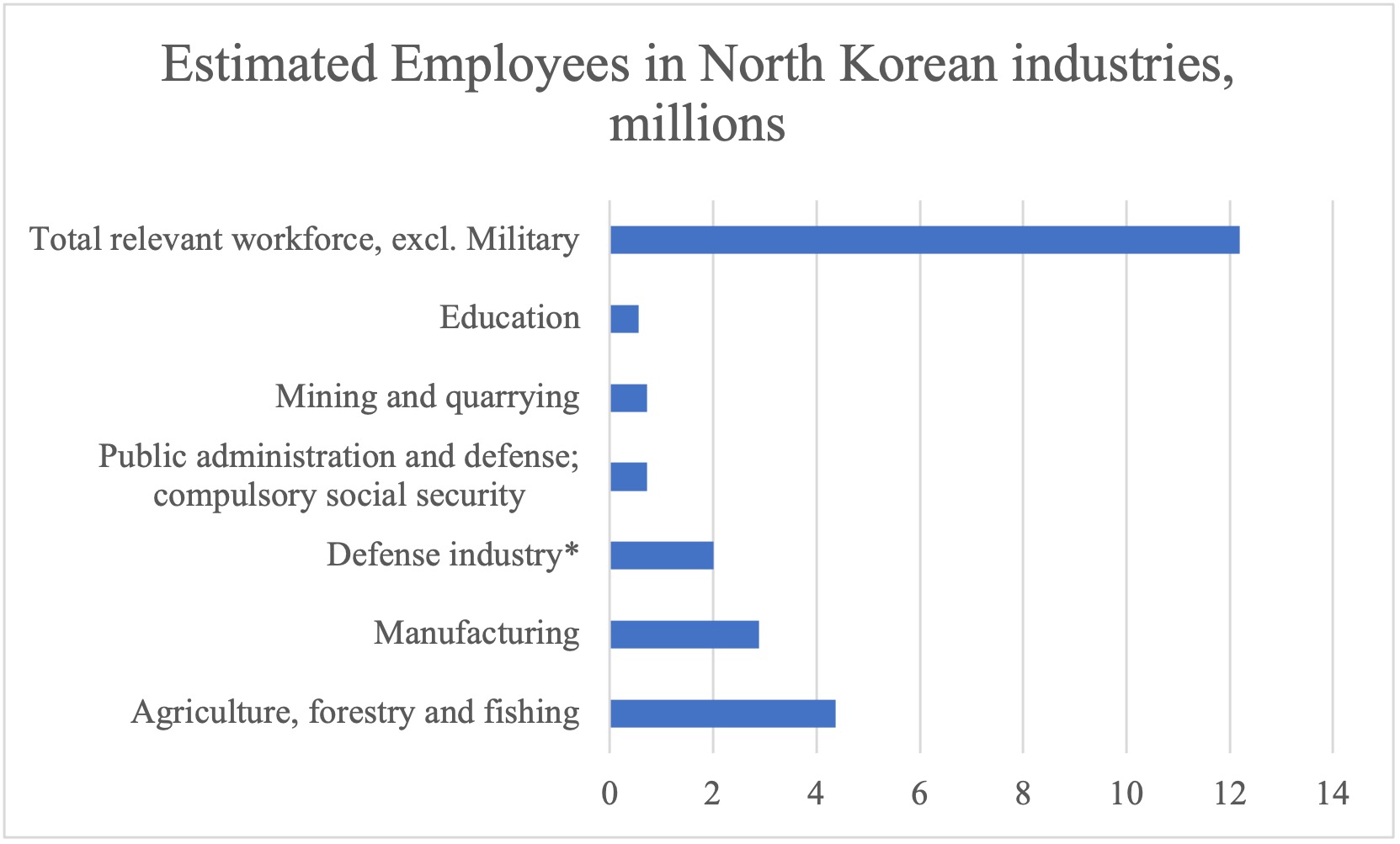By Benjamin Katzeff Silberstein
Daily NK has reported on several occasions on Chinese fishing activities in North Korean waters. Chinese fishers purchase fishing rights from the North Korean government, a practice clearly banned under the current sanctions regime. China has been cracking down on this over the past few months and on sales of seafood from North Korea overall, according to the outlet:
The Chinese government has recently stepped up surveillance and inspections of ships passing through North Korean waters and has even started to crackdown on the sale of North Korean seafood in the country’s markets, Daily NK has learned.
Speaking on condition of anonymity for security reasons, a source in China told Daily NK on Dec. 5 that the Chinese authorities are requiring all ships approaching North Korean waters be equipped with GPS, automatic identification systems, and other navigation and communication devices in order to report their location.
The authorities are doing this to determine where ships have been and for how long, as well as to investigate what ships were doing in North Korean waters. If they confirm that a vessel was fishing in North Korean waters, they confiscate all the seafood the ship has caught.
Accordingly, Chinese vessels that used to fish in North Korean waters are taking a major hit. The source said a fishing boat that recently tried to bring into China clams caught in North Korea is faced with having to pay hundreds of thousands of yuan in fines.
Now forced to pay large fines if caught, Chinese fishery operators say an investigation in their activities might even put them out of business.
[…]
Chinese authorities are also cracking down on sales of North Korean seafood in markets near the North Korea-China border. North Korean seafood exports are banned under UN Security Council Resolution 2371.
Previously, Chinese authorities did not go out of their way to stop Chinese nationals from importing and selling North Korean seafood, but crackdowns have been intensifying recently.
In fact, Chinese businesspeople used to sell North Korean seafood openly due to its popularity, but they do not now because inspection teams are checking the origins of the products they sell.
In regards to this situation, Chinese fishery operators and North Korean seafood sellers say the United States is putting pressure on China to enforce sanctions on North Korea, or that the authorities are cracking down because “China must follow international law for it to play its role in the international community.”
The article cites China’s ambition to appear a responsible actor in the international system in order to exert influence on the current events in Gaza as the reason for its crackdowns on this practice. I’m somewhat skeptical to this explanation. Although it might play a role, I suspect that a more basic ambition to uphold the rules and laws of the region may be what’s behind the Chinese crackdown. In any event, it is a very interesting data point, especially in a time when it’s been assumed that China’s sanctions enforcement would be very lax due to US-China tensions.

